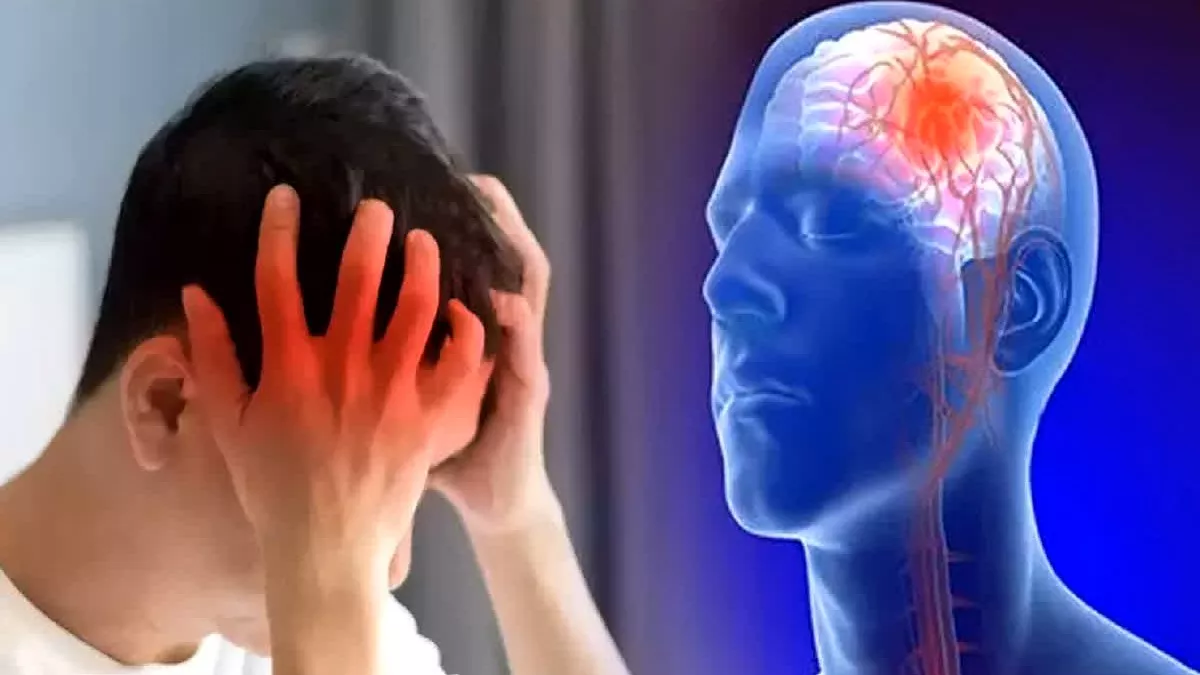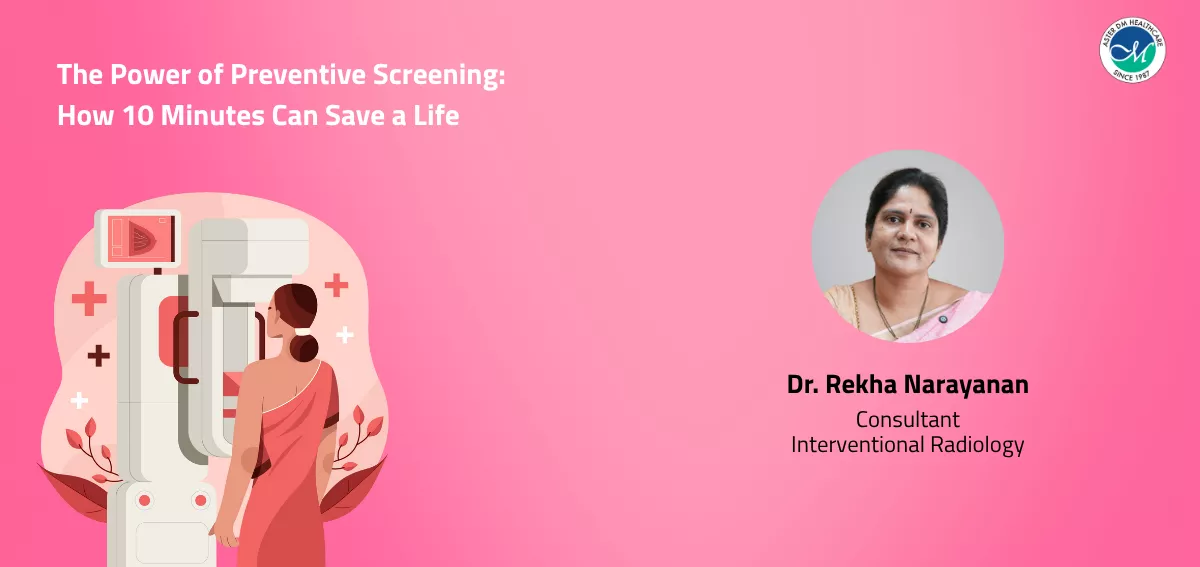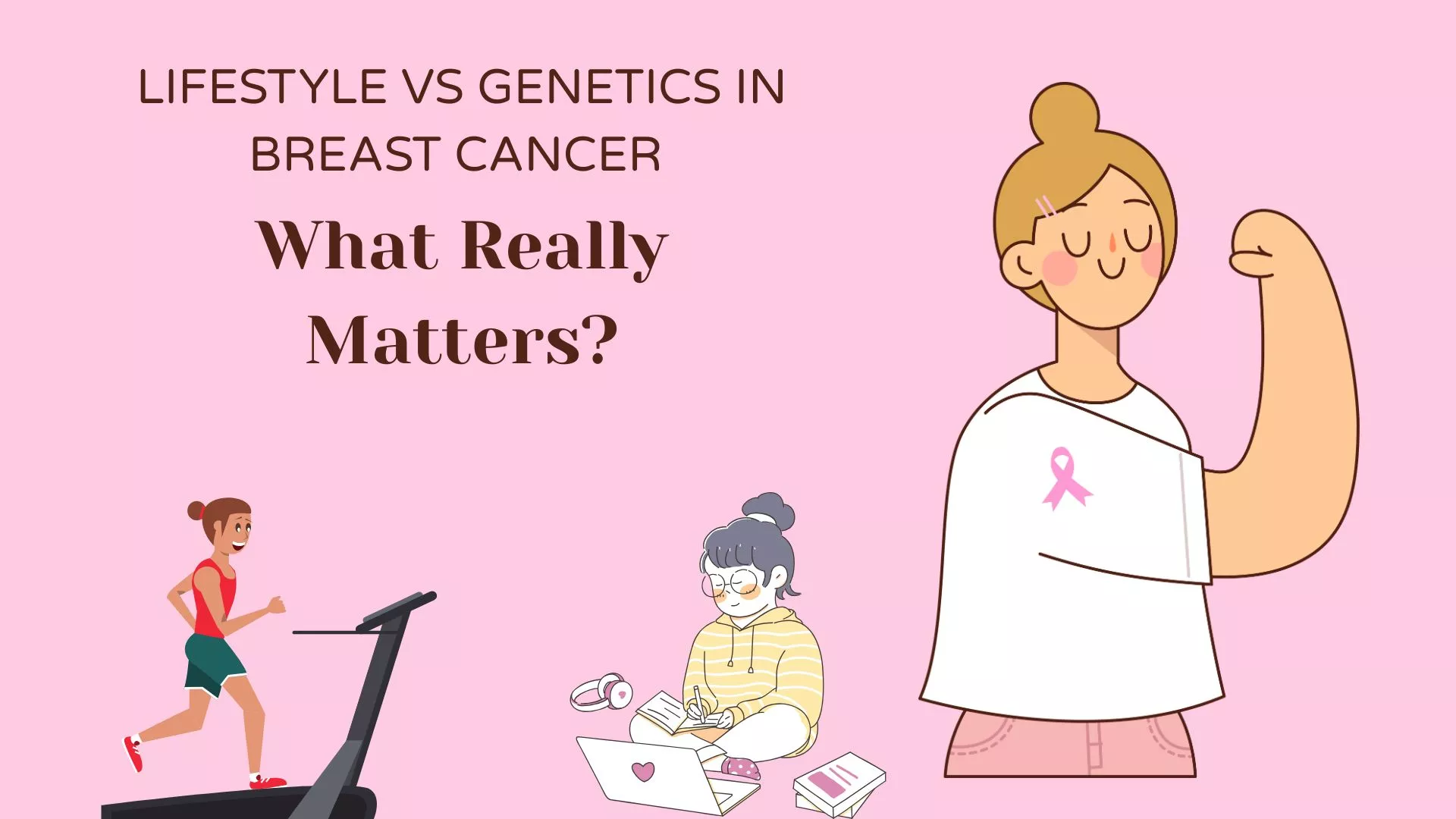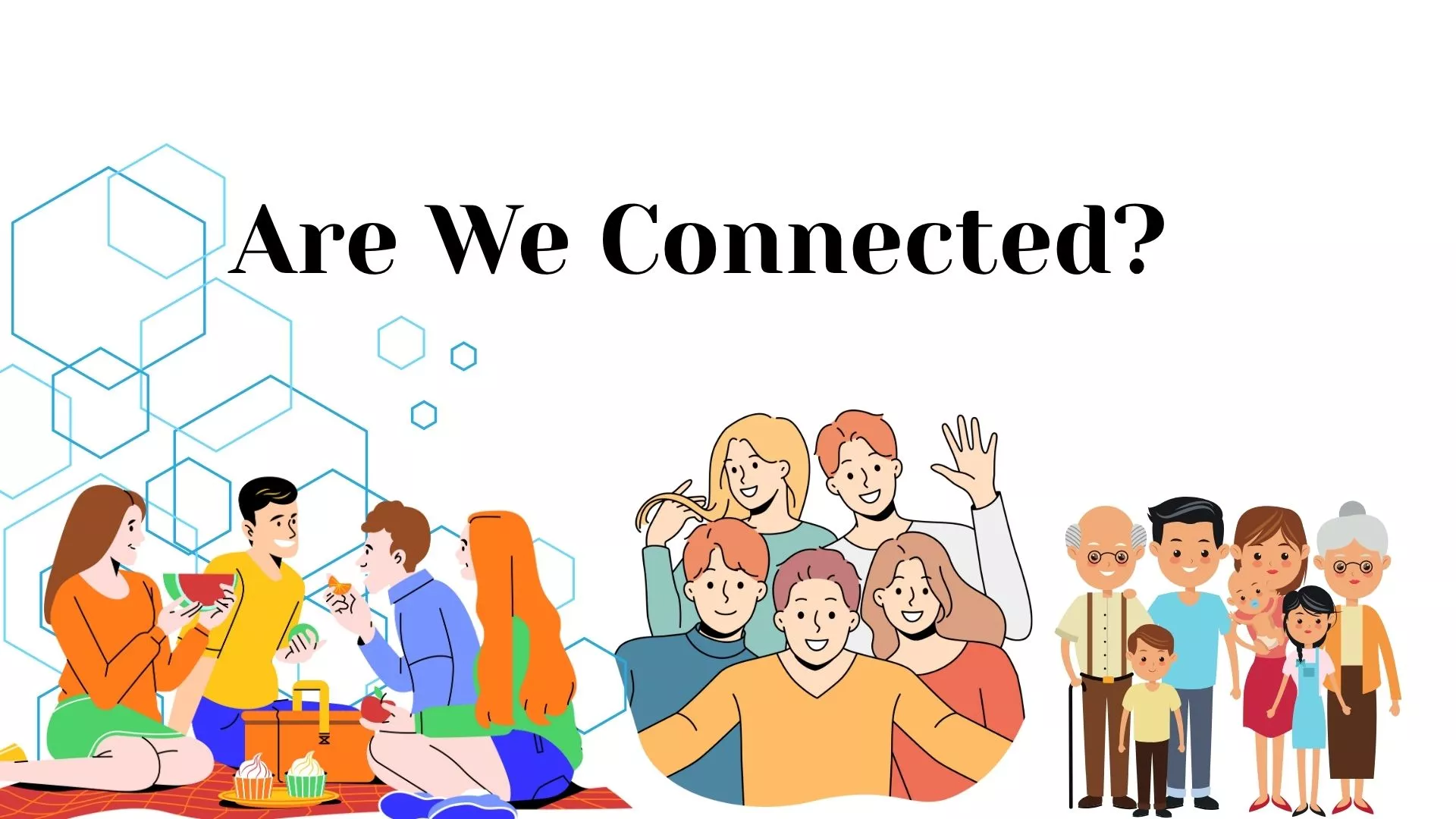Imagine you’re on a tea break with your colleagues. Suddenly, one of them starts having trouble speaking clearly. Their face droops to one side, and the glass in their hand slips and falls. What would you do when you notice such strange behavior? Would you dismiss it or act immediately and seek medical help? You must take that colleague to the hospital without delay, because what you just witnessed may not be minor symptoms at all – they could be the first signs of a stroke.
What Is a Stroke?
A stroke is a condition that can completely alter a person’s life in a single moment. It happens when the blood flow to parts of the brain is interrupted. Think of it like a major road where traffic suddenly comes to a standstill — that’s what happens inside the brain during a stroke.
Just as a heart attack is caused by a blockage in the blood vessels supplying the heart, a stroke occurs when a clot or rupture blocks the blood flow to the brain. This leads to loss of function in the affected part of the brain, a serious and potentially life-threatening condition.
A major danger is that many people fail to recognize stroke symptoms right away. Delays in getting the patient to the hospital often lead to severe complications. When treatment is delayed, brain cells begin to die, which can result in permanent disability or even death. Often, stroke symptoms appear suddenly in the middle of ordinary daily activities.
The Two Main Types of Stroke
1. Ischemic Stroke: Occurs when a blood clot blocks a vessel carrying blood to the brain. This accounts for about 80% of all strokes.
2. Hemorrhagic Stroke: Occurs when a blood vessel in the brain bursts, causing bleeding inside the brain.
How to Recognize a Stroke – Follow “FAST”
“FAST” is a globally accepted acronym used to quickly identify stroke symptoms. Each letter represents a key sign:
F – Facial Deviation: The person’s mouth or one side of the face droops. When asked to smile, only one side moves.
A – Arm Drooping: Ask the person to raise both arms. If one arm drifts down or cannot be lifted, it may indicate a stroke.
S – Speech Difficulty: Slurred, unclear, or incoherent speech, or an inability to speak at all.
T – Time: If any of these symptoms appear, do not waste even a minute. Take the person immediately to a hospital with a neurology department and CT scan facilities.
Diagnosis and Treatment
Early symptoms may include blurred vision, dizziness, numbness or weakness in the hands, slurred or lost speech, facial drooping, or difficulty walking. Some people may experience sudden headaches or short spells of confusion lasting only a few minutes – these too could signal a stroke.
Unfortunately, many tend to ignore such signs. No matter how mild the symptoms seem, immediate medical attention is vital.
At the hospital, a CT scan is performed first to determine whether the stroke is caused by bleeding or a clot. If no bleeding is detected, the patient is given thrombolysis treatment, in which special medication dissolves the clot and restores blood flow. This treatment is most effective when administered within 4½ hours of symptom onset.
In some cases where a large blood vessel is blocked, Thrombectomy may be performed – a procedure in which the clot is physically removed using special instruments.
Who Can Get a Stroke?
There’s a common misconception that strokes affect only the elderly. In reality, strokes can occur at any age, even in newborns. While it used to be more common in people over 60, strokes are now increasingly seen in those in their 40s and 50s. Smoking is one of the leading culprits, as it contributes to blockage in blood vessels.
People over 60 should pay close attention to their health. Those with diabetes, high blood pressure, alcohol or drug use, or a family history of stroke fall into the high-risk category. Alcohol and drugs can weaken and rupture blood vessels, causing bleeding inside the brain.
Heart diseases can also increase the risk of stroke.
Preventing Stroke – Key Lifestyle Steps
While strokes can’t be completely prevented, the risk can be significantly reduced through healthy lifestyle choices:
• Control blood pressure, diabetes, and cholesterol.
• Avoid smoking and alcohol.
• Exercise regularly.
• Follow a balanced diet.
Recognizing stroke symptoms at the earliest stage and getting the patient to a well-equipped hospital without delay can save lives and help achieve full recovery. When it comes to stroke, time is the most crucial factor. Prompt action from people around the patient can make all the difference – helping them return to a normal, healthy life.





